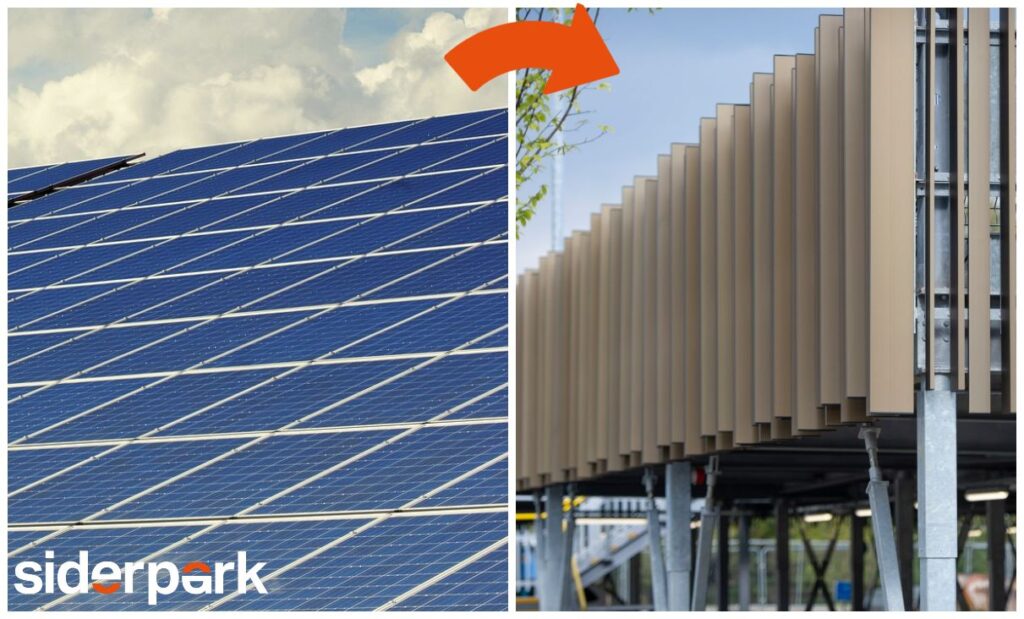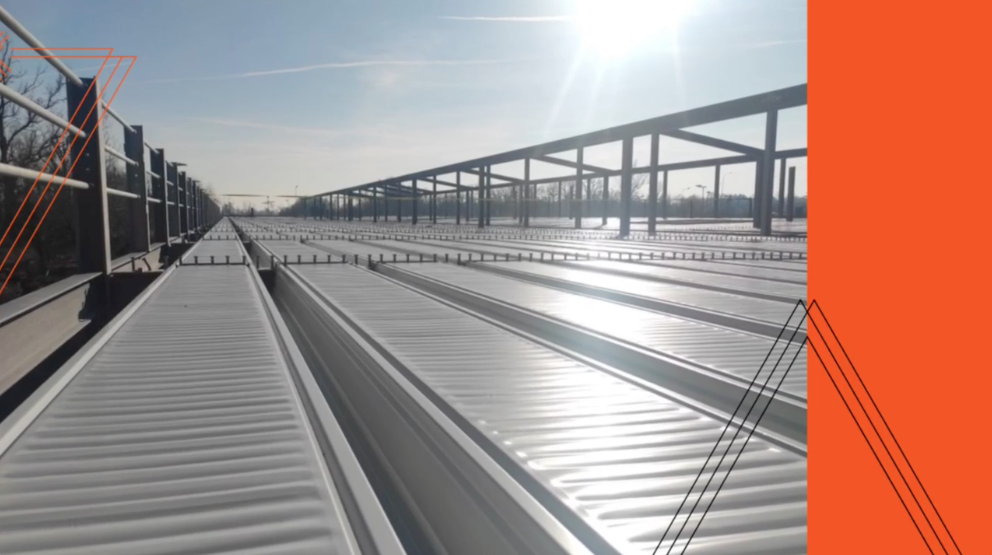Solar parking canopies could be a solution for the supply of renewable electricity.
Why are photovoltaic parks situated in sparsely populated areas inefficient?
Since solar power plants need a lot of space, up until now they’ve been built in areas with low population density.
However, these installations are encountering increasing resistance from the local population.
In fact, power plants do not allow the land to be used for other activities, such as agriculture, and could ruin ecosystems.
Moreover, the energy generated in these areas must then be transported to the cities through expensive infrastructures that do not prevent a dispersion of part of the energy and are not even pleasant to look at.
Energy should be generated where it is used
Cities are the areas where most energy is consumed and where population, vehicles and car parks are most concentrated.
Car parks in built-up areas are large enough to allow for the construction of major photovoltaic power plants.
This way, land would not taken away from other activities but, on the contrary, the panels would shelter motorists and their cars from the summer sun and winter weather.
Not only that: all electric cars could be recharged while parked with the effect of making the power plant even more productive.
Conventional systems do not allow for energy storage and therefore, during the sunniest hours, production could come to a standstill. Charging cars at peak times would allow continuous production.
In addition to this, the costs for the construction and maintenance of the infrastructures that bring energy to the city would be eliminated because the energy would already be there, where it is needed.
How much energy could “solar car parks “produce?
A lot. According to a recent study, installing solar panels over the parking lots of the 3,751 Walmart supermarkets across the United States could generate the same amount of electricity to that of around a dozen coal-fired power plants.
For these reasons, some states, such as France, are passing laws to add canopies of solar panels to existing lots with more than 80 spaces.
It could also be a bargain for car park operators: in fact, they could sell the energy back to the grid, to motorists, or use it for their own business.






